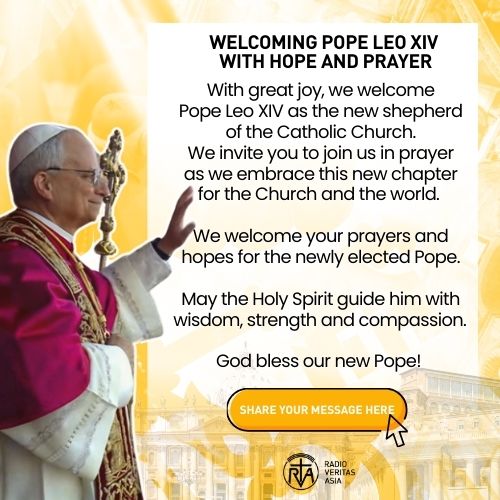Church of Mount Bokor: A Witness to the Battle Between Vietnamese and Khmer Rouge Forces

Perched atop Mount Bokor in Kampot, Cambodia, the Church of Mount Bokor stands as a testament to history and resilience.
This stone church, which the French built in the 1920s and features elements of French Gothic and neo-Romanesque architecture, looks out over the sizable Preah Monivong National Park.
The church, now a historical landmark, offers breathtaking views and a glimpse into the turbulent past that shaped its existence.
A French Colonial Legacy: The Construction of Mount Bokor Church
Built by the French during colonial times, this church stands on top of Mount Bokor in Kampot, a province in southwest Cambodia bordering Vietnam to the south.
Known as the Church of Mount Bokor, this church is made of stones mined from the sides of the mountain.
It was built in the 1920s with features bearing neo-Romanesque and French Gothic influences.
The columns are marble. The wind blows through the tall, arched windows and doors.
The church was built with one spire and an erect rectangular prism. Atop the spire stands a cross that overlooks the national park, covering an area of more than 590 square kilometers.
The amber texture of the exterior of the church's walls looks like years of a colony of orange lichen.
The construction applied could withstand strong typhoons and winds as the church stands on top of Mount Bokor, which is more than a thousand meters tall.
Mount Bokor is part of Preah Monivong National Park in Kampot.
Most of the elevations in the national park are 1,000 meters high. With 1,081 meters in height, Mount Bokor is the tallest among them.
The church is one of the colonial structures built by the French in the 1920s, including a casino, and royal residences. The French used the place as a resort.
War and Abandonment: The Turbulent Years
The church was part of the French village at the time. It's also known as the Old Catholic Church.
Sunsets are beautiful to behold from the edge of the mountain at the rear of the church.
However, the French abandoned the church and other colonial structures on the mountain in the 1940s as a result of the armed resistance by the Khmer Issarak.
Khmer Issarak was an anti-French and anti-colonial armed movement founded in 1945 to defeat the French and then overthrow the Cambodian government.
The church had also witnessed the violent and bloody battle between the Socialist Republic of Vietnam and the Democratic Kampuchea ruled by Pol Pot's Khmer Rough during the Cambodian-Vietnamese War from 1977 to 1991.
The church was desecrated and damaged. The inside was turned into a barracks by the Khmer Rouge. It became a storage for weapons and ammunition.
As the Khmer Rouge used the church to store their weapons and house their soldiers, the Vietnamese attacked it in 1980.
When a French battalion arrived in Cambodia in 1993 and set up its headquarters, the Khmer Rouge abandoned the church.
It was primarily a war between socialists (Vietnam) and communists (Democratic Kampuchea) that resulted in the removal of the Khmer Rouge from power.
The war put an end to the Democratic Kampuchea of Pol Pot, the Prime Minister who turned Cambodia into a one-party communist state.
Pol Pot was responsible for the Cambodian genocide, which killed about two million people from 1975 to 1979, or approximately 25 percent of the population of Cambodia in 1975.
Restoration and Revival: Returning to the Catholic Community
The monarchy was re-established in 1993.
This church serves as the second-oldest standing Catholic church in Cambodia.
It is one of the churches in Cambodia that outlasted the power of the Khmer Rouge.
The church was also abandoned during World War 2. It is currently undergoing reconstruction.
In 2008, the marks of the long years of the war, like bullet impacts, were still visible in the walls of the church.
The City of Ghosts, a 2002 movie, was filmed here.
In December 2017, the Royal Government of Cambodia officially handed over the ownership of the church and the surrounding land to the Catholic Church.
A ceremony was held for the turnover of the church to the Catholic National Office for Social Communication.
The environment ministry stated that the government gave the church back to the Catholic community so they could restore it and use it for worship.
Due to the modern infrastructure built in the area and the developments, the church has become more accessible.
The Church of Mount Bokor serves today as a historical landmark in Cambodia, a predominantly Buddhist country.
From the bell tower, one could see the countryside. A waterfall offers endless refreshing water and is located within shouting distance from the church.
Pilgrims and tourists are arriving today to witness the beautiful view from the top of the mountain and the dark history that once covered it in blood.
The Church of Mount Bokor once abandoned and scarred by war, now stands as a symbol of endurance and renewal.
Having survived colonial conflicts, the Khmer Rouge, and the Cambodian-Vietnamese War, it has been restored to the Catholic community and continues to draw pilgrims and tourists.











